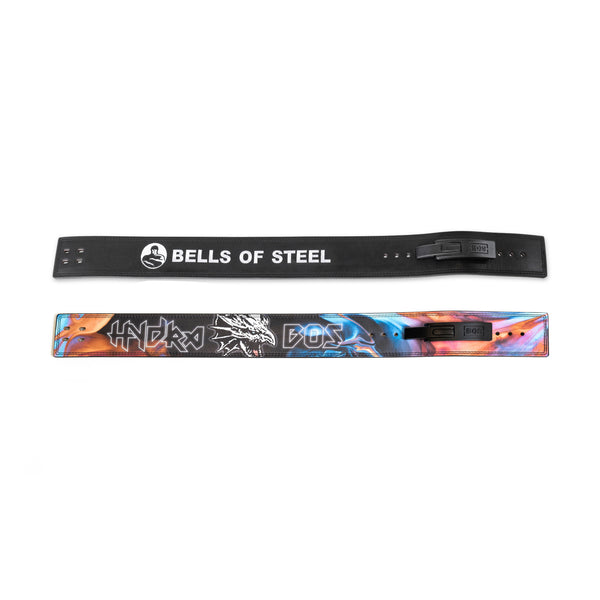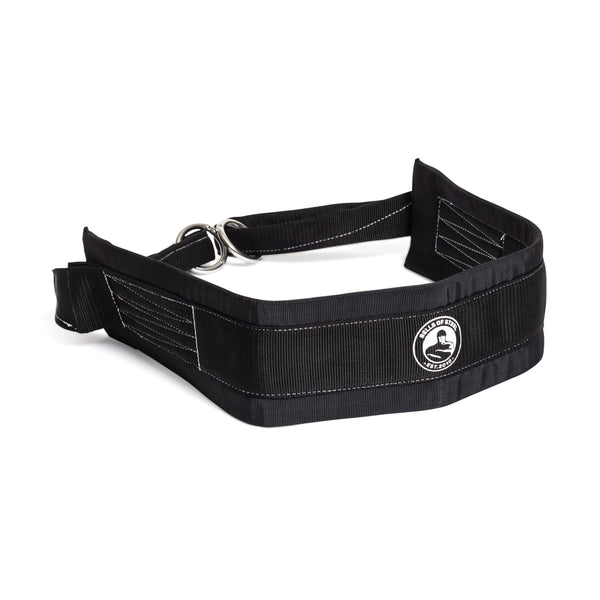When it comes to lifting heavy, a lever belt is a game-changer. It's not just about looking cool with a piece of gear that snaps tight with a quick flick; it’s about safety, stability, and getting the most out of your lifts.
But to reap the benefits, your lever belt has to fit just right. Too loose, and you might as well be lifting without it. Too tight, and you could restrict your movement and breathing.
So, let's dive into the nitty-gritty of finding that perfect fit.
How Should A Lever Belt Fit?
Placement is Key
First things first, where you position the belt matters. The general rule of thumb is to place the belt around your waist, over your belly button, and slightly above your hip bones.
However, some lifters prefer wearing it a bit higher or lower depending on their body type and the type of lifts they’re doing. Experiment with the placement to find what feels most supportive.
Tightness – Goldilocks Style
Your lever belt should be snug but not suffocating. The goal is to create enough intra-abdominal pressure to stabilize your core without cutting off your air supply.
Generally, the belt should be tight enough that you can brace your core against it, but not so tight that it restricts your breathing or movement.
How to Adjust Your Lever Belt
Adjusting a lever belt is pretty straightforward. Most lever belts come with screws that allow you to adjust the lever to fit your waist size. Here’s a quick step-by-step guide:
- Measure your waist: Measure around your midsection where you plan to wear the belt.
- Set the lever: Unscrew the lever, align it with the preset holes, and adjust until it feels snug but comfortable.
- Test it out: Put the belt on and do a few practice lifts to ensure it feels right. Adjust if necessary.
Common Mistakes and How to Avoid Them
Wearing the Belt Too High or Too Low
While personal preference plays a role, wearing the belt too high can reduce its effectiveness in supporting your lower back, and wearing it too low can hinder your range of motion.
Find that sweet spot where it provides maximum support without discomfort.
Over-tightening
Yes, we said tight, but don't go overboard. Over-tightening can lead to bruising and restrict your diaphragm, making it hard to breathe.
Remember, you want to be able to brace your core against the belt, not feel like you’re being squeezed by a boa constrictor.
Ignoring Comfort
Your belt should enhance your performance, not detract from it. If it's uncomfortable or causing pain, something's off.
Make sure the material feels good against your skin and that the belt doesn’t dig in uncomfortably.
Fine-Tuning for Different Lifts
Different lifts might require slight adjustments in how you wear your belt.
For squats, you might want it a bit lower to support your lower back. For deadlifts, a slightly higher position can help you maintain a better posture.
Final Thoughts
A lever belt is an essential piece of equipment for serious lifters, but only if it fits right. Remember to experiment with the placement, ensure it’s tight but not too tight, and always prioritize comfort. With the right fit, you'll lift more safely and effectively!



